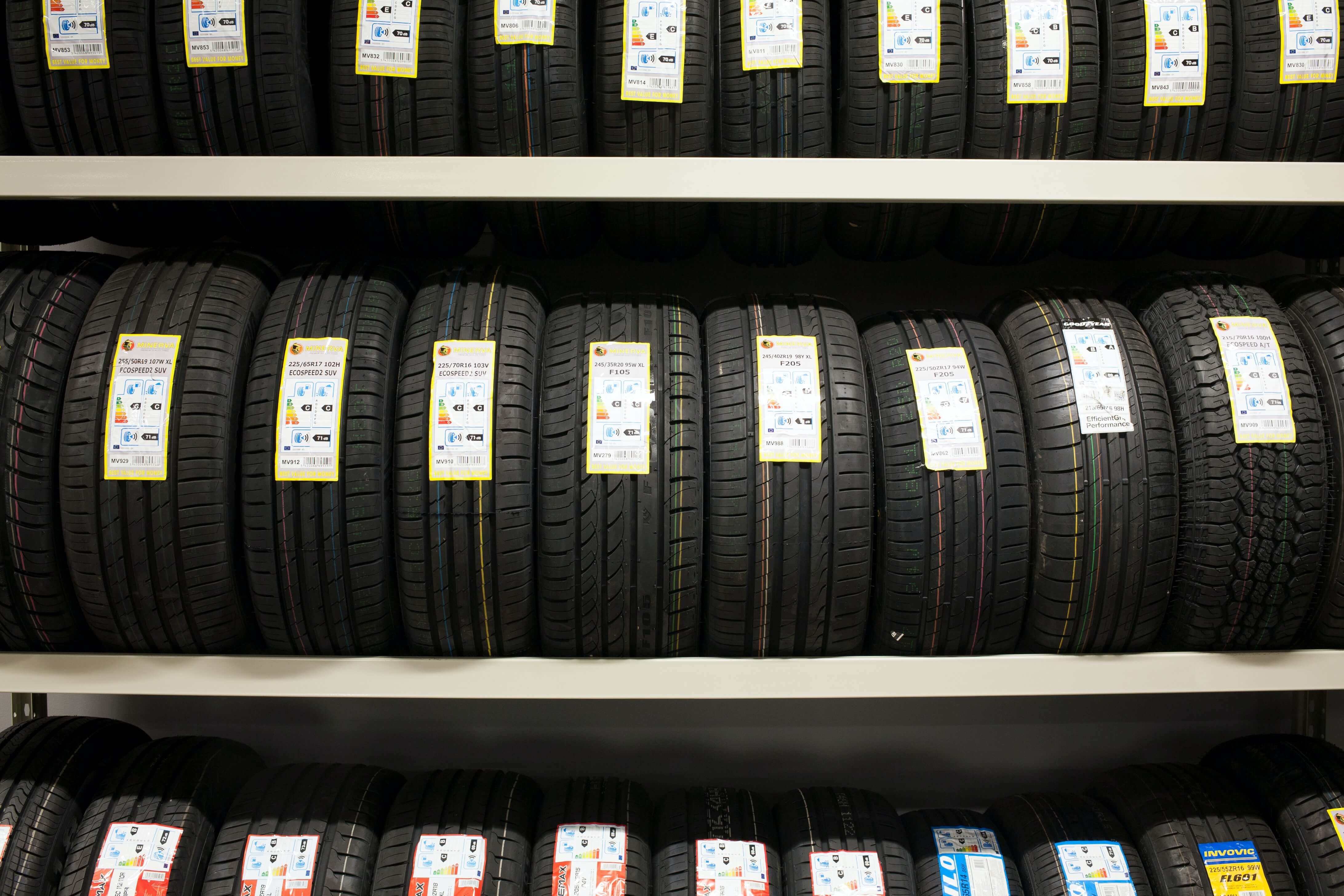Which Restaurant Pricing Strategy Works Best?
Setting menu prices for your restaurant is tough work. While to your customers these prices might feel arbitrary, a good menu will have up to three...
2 min read
 Eric Joern
| June 11, 2024
Eric Joern
| June 11, 2024

Running a business isn’t just about selling great products or services—you’ve gotta price them right, too. And if you're mixing up markup and profit margin, you could be leaving a ton of money on the table.
These two numbers might seem similar, but they serve very different purposes. Let’s break it down in a way that makes sense, so you can price smarter, boost profits, and keep your business thriving.
Markup is how much you increase a product’s cost to cover expenses and make a profit. It’s always calculated based on cost price.
This means you’re selling the product for 60% more than what it cost you.
Your profit margin tells you how much of your revenue actually turns into profit. Unlike markup, it’s based on the selling price, not the cost.
To calculate profit margin:
So, while you marked up the product by 60%, your actual profit margin is only 37.5%.
.png?width=740&height=592&name=Markup%20vs%20Margin%20infographic%20(1).png)
If you confuse markup with profit margin, you could be pricing your products too low—without even realizing it.
For example, let’s say you want a 37.5% profit margin. If you mistakenly apply 37.5% markup instead, here’s what happens:
To actually get that 37.5% margin, you need to price it at $160, not $137.50. That’s a $22.50 difference per sale.
Now, imagine you sell 1,000 units a month—that’s $22,500 in lost profit per month, or $270,000 per year. Ouch.
Want a specific profit margin? Work backwards and figure out the markup percentage you need to hit that goal. A little planning goes a long way—better than just picking a number and hoping it works!
Markets shift, costs change, and competition evolves. Reviewing your markup and margin regularly helps keep your profits on track—instead of realizing too late that you’re undercharging.
Some products can handle higher markups than others. Luxury items? High markup. Competitive markets? Maybe lower markup but higher volume. One-size-fits-all pricing doesn’t work.
Both. Markup helps you set prices, while margin tells you how much you’re actually keeping as profit.
At least quarterly. Markets change, suppliers raise prices—you need to adjust accordingly to protect your profits.
Nope. Different products have different cost structures and demand levels. Tailoring your markup ensures you maximize profitability without scaring off customers.
Yes! If your expenses are high, even a big markup won’t guarantee strong margins. Keep an eye on both.
Getting markup and margin mixed up isn’t just a minor mistake—it can cost you thousands (or more) every year.
Nail this, and you'll price smarter, increase profits, and grow your business—all without working any harder.
Take control of your pricing. Make smarter decisions. And most importantly—stop undercharging and start keeping more of what you earn.

Setting menu prices for your restaurant is tough work. While to your customers these prices might feel arbitrary, a good menu will have up to three...

If you're not sure why your tire store profit margin matters, let us break it down for you:

Are you thinking about selling your business? If retirement is on your horizon, you're not alone. At one time, many small business owners are...